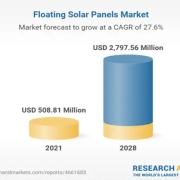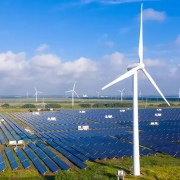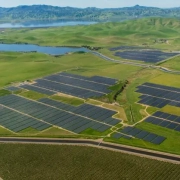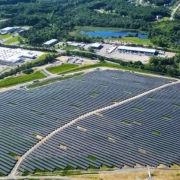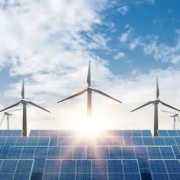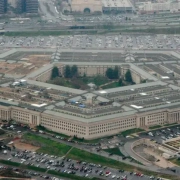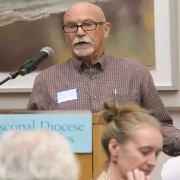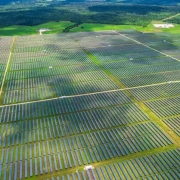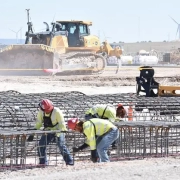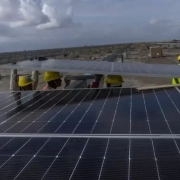The global floating solar panel market is estimated to grow at a CAGR of 27.57% to reach US$2, 797.556 million in 2028 from US$508.809 million in 2021.
During the projected period, the worldwide floating solar panels market is anticipated to benefit from an increased focus on clean fuel power generating energy sources as well as an inadequate supply of land. Regulatory bodies across the world are establishing several clean energy-related goals that will aid in reducing pollution.
Increasing Demand for Renewable Energy
It is anticipated that the technical component of floating solar technology will see a significant increase throughout the predicted time due to the increasing demand for reliable renewable energy sources for power generation. According to the data published by the National Energy Laboratory, the total installed FPV (Floating Photovoltaic) capacity worldwide in 2020 was around 2.6 GW, with the majority of this capacity being in China, the Taiwan region, and Japan (Cox 2021). The fast FPV expansion across Asia has been facilitated by a lack of available land, stringent renewable energy objectives, declining PV prices, and targeted subsidies.
Click here to read the full article
Source: Research and Markets
—
If you have any questions or thoughts about the topic, feel free to contact us here or leave a comment below.

